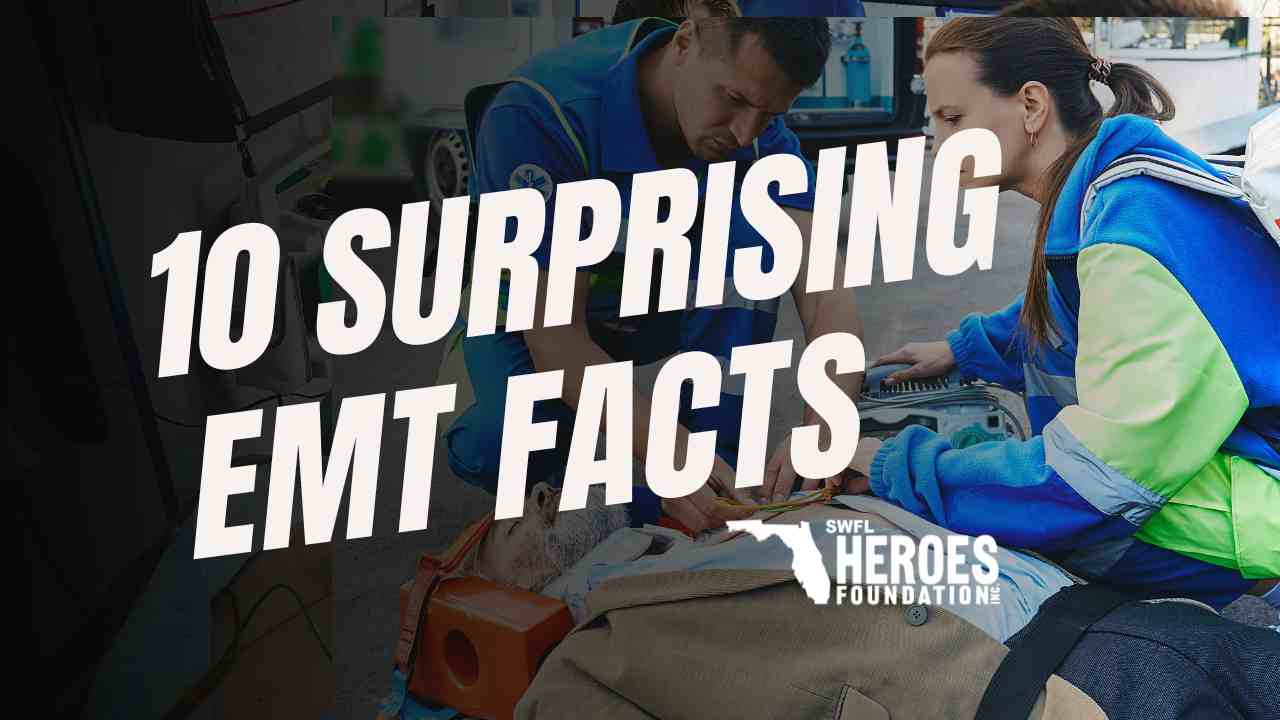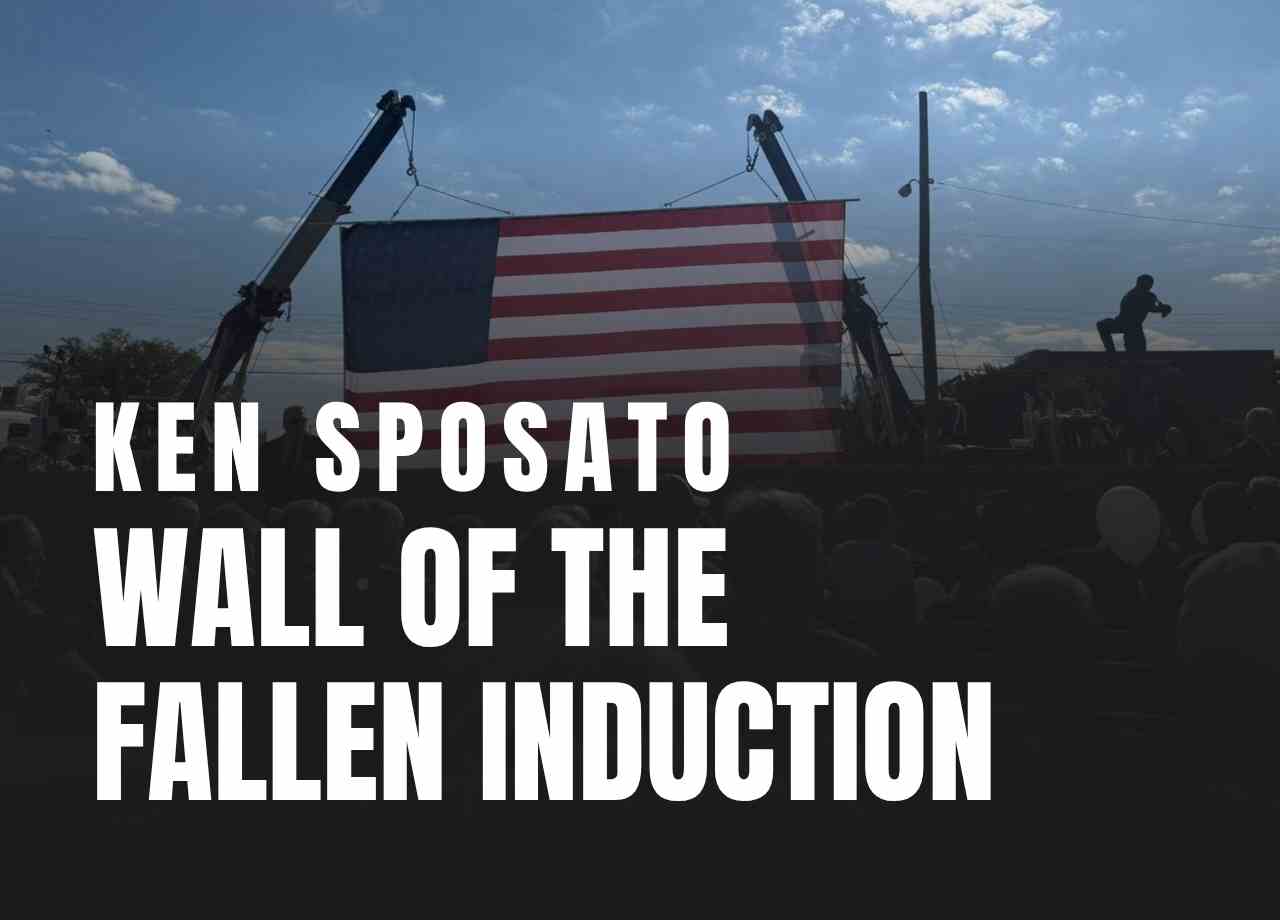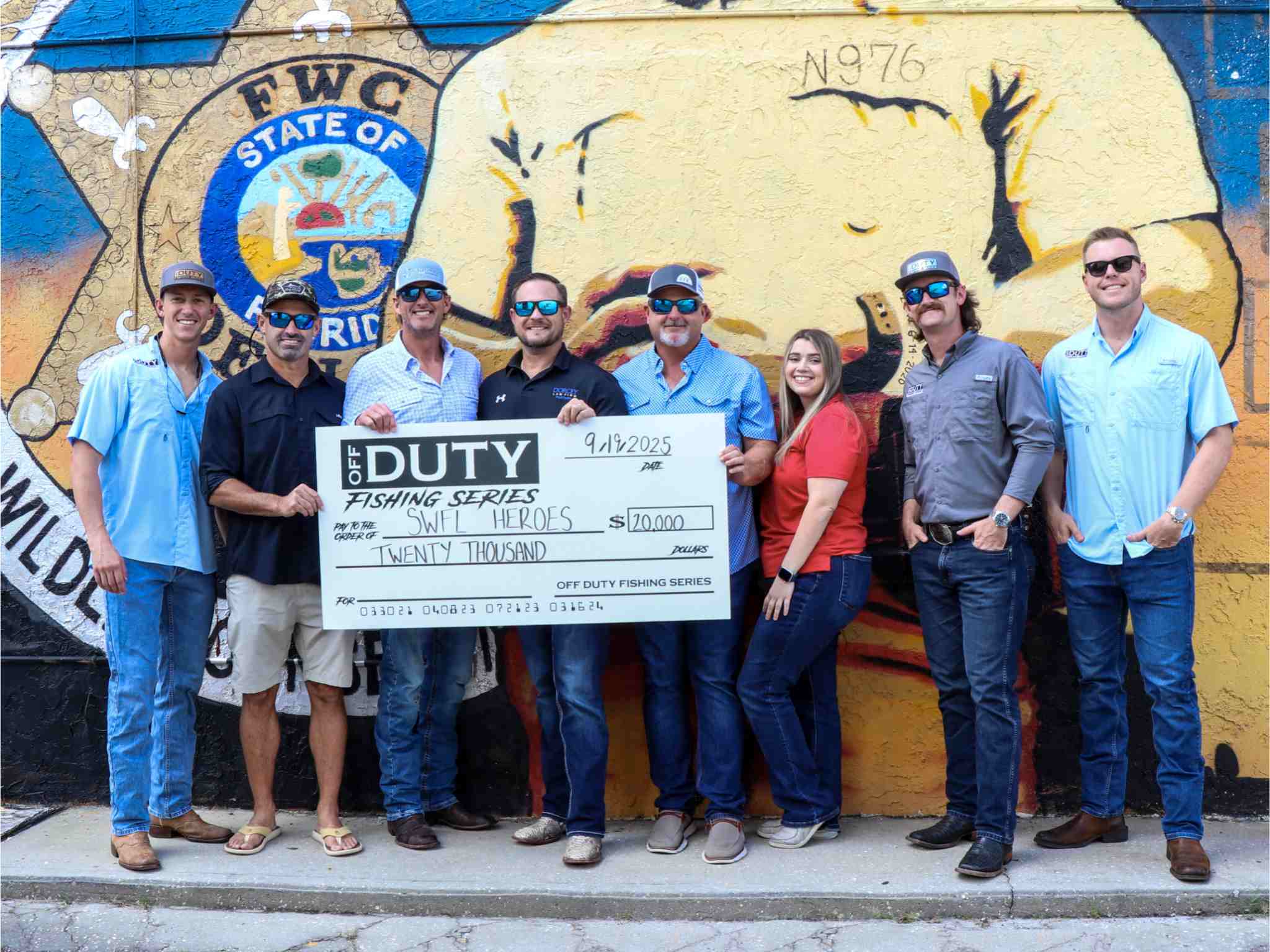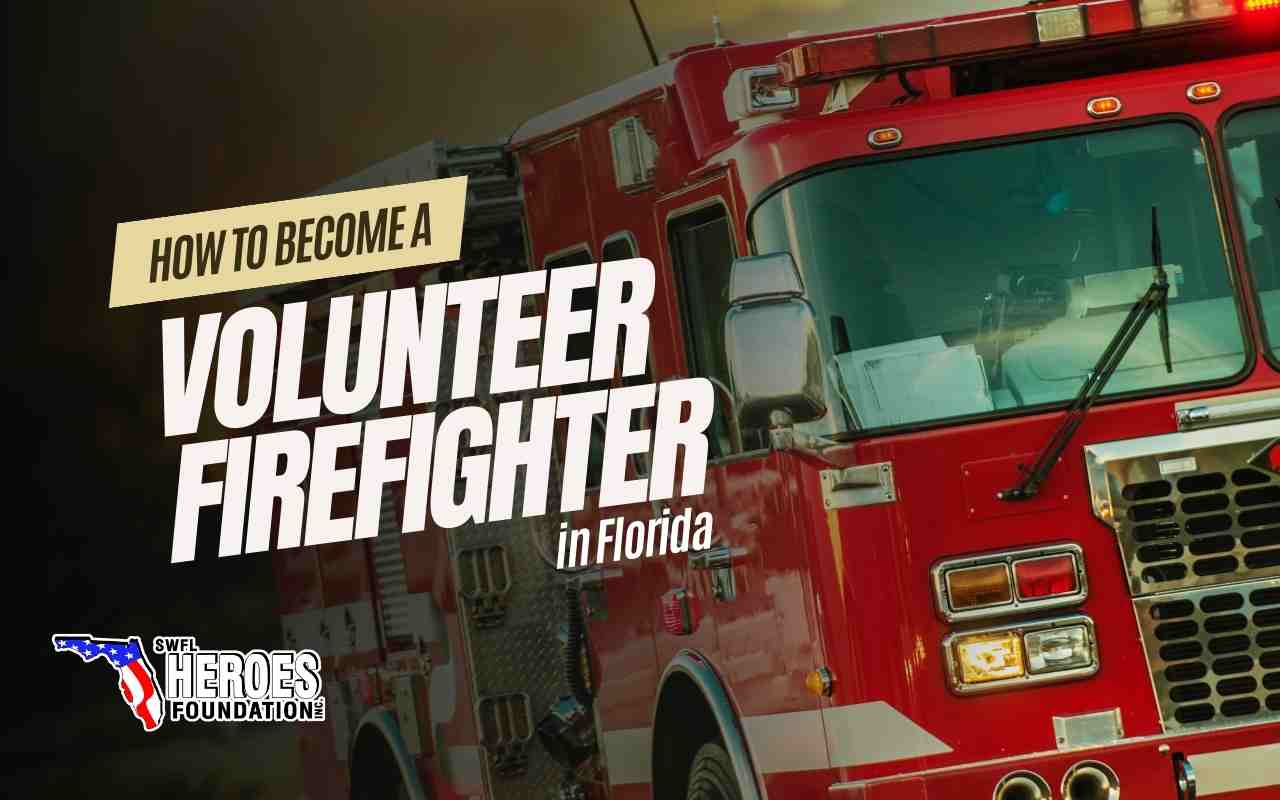Who ARe First Responders
First responders are the men and women who arrive first at the scene of an emergency—often before anyone else knows what has happened. They include firefighters, police officers, emergency medical technicians (EMTs), and paramedics. Their role is to stabilize dangerous situations, provide immediate care, and protect both people and property until additional help arrives. Whether it’s a medical emergency, a car accident, a natural disaster, or a public safety threat, first responders are trained to act quickly, make critical decisions under pressure, and put themselves in harm’s way to safeguard their communities. This tradition of stepping up in the face of crisis has deep roots in American history, setting the stage for how first responders have evolved over time.sc
The History of First Responders
The role of first responders—those who are first on the scene to provide emergency aid in crises—has been critical in the United States for centuries.
From early battlefield medics to contemporary paramedics, firefighters, and police officers, the evolution of first responders has been influenced by historical events and advancements in emergency care, showcasing their vital role in protecting and serving our American communities.

Early Beginnings: Civil War and the Birth of First Responders
The concept of first responders in the United States can be traced back to the Civil War era. During this period, military personnel were required to undergo medical examinations to qualify for service, and ambulances were assigned based on regiment size. The establishment of organized ambulance teams marked the beginning of structured emergency care. These teams were trained in basic patient care to assist injured soldiers, laying the foundation for the modern role of first responders.
In 1865, Cincinnati introduced the first civilian ambulance service, and by 1869, New York City boasted an impressive 30-second response time for their ambulances, complete with an Ambulance Surgeon. These early civilian services were among the first to provide emergency medical aid to the public, setting a precedent for future first responder services.
World War I and the Evolution of First Responders
During World War I, the role of first responders expanded significantly. On the battlefield, soldiers used signal boxes to call for medical assistance, a precursor to modern emergency communication systems. The war also saw the introduction of electric, steam, and gasoline-powered ambulances, which greatly improved the speed and efficiency of transporting the wounded.
Medical teams employed new equipment such as traction splints, which are still used by first responders today. After the war, various businesses, including towing operators, medical equipment companies, funeral homes, hospitals, and police/fire departments, began to offer emergency transport services. However, these early systems were often unregulated, with first responders lacking standardized training and equipment.
Developments in the 20th Century: Shaping today's First Responders
The 20th century brought significant changes to the field of emergency response, setting the stage for the modern first responder. In 1960, President John F. Kennedy highlighted traffic accidents as a major public health issue, prompting a national focus on improving emergency response capabilities. The 1966 publication of the National Academy of Sciences report, “Accidental Death and Disability: The Neglected Disease of Modern Society,” further underscored the need for standardized emergency medical services.

In response, the National Highway Traffic Safety Act of 1966 was enacted, which laid the groundwork for modern EMS systems. This act promoted state involvement, standardized first responder training, encouraged community oversight, and introduced a unified emergency number, paving the way for the 911 system we know today.
The Role of Television in Public Awareness
In the early 1970s, television began to shine a spotlight on the lives and challenges of emergency responders, offering viewers a glimpse into their demanding roles.
- Adam-12 (1968-1975) depicted the daily routines of two patrol officers in Los Angeles, highlighting the often-overlooked aspects of their duties and the profound impact of their work on the community. These shows were instrumental in shaping public perceptions of first responders, capturing both the reality of their jobs and their significant contributions to society.
- The Rookies (1972-1976) followed the journeys of three rookie police officers as they navigated the complexities of their careers and personal lives, providing a nuanced look at the trials and triumphs of early police work.
The EMS Systems Act and Further Professionalization
The EMS Systems Act of 1973 marked another milestone in the professionalization of emergency responders. The act led to the development of standardized training programs for EMTs, paramedics, and first responders. It also introduced new ambulance specifications and established rules for EMS radio communications. These changes ensured that first responders were better equipped and trained to handle emergencies, improving patient outcomes nationwide.
In the following years, local and regional EMS services continued to evolve, working independently to enhance their capabilities. Publications, conventions, and organizations dedicated to emergency medical services helped push the field forward, solidifying the role of first responders as an integral component of the healthcare team.

Modern-Day First Responders: A Work in Progress
Today, first responders continue to play a vital role in emergency medical care. From EMTs and paramedics to firefighters and police officers, these professionals are often the first on the scene in times of crisis, providing life-saving care and support. Over the past few decades, significant advancements have been made in training, equipment, and protocols, further solidifying the role of first responders as essential members of the healthcare system.
Continuous improvements and innovations are being implemented to ensure that first responders can deliver the highest level of care. This includes better integration with other medical services, advancements in technology, and ongoing professional development. Despite the progress made, the field of emergency medical services remains dynamic, with ongoing efforts to enhance the quality and effectiveness of first responder care.
Challenges Facing First Responders in the 21st Century
While the role of first responders has grown, so have the challenges they face. Some of the most pressing issues include:
Mental Health and Stress: Constant exposure to trauma, long shifts, and high-stakes decision-making place responders at greater risk of PTSD, depression, and burnout.
Resource Strain: Many agencies—especially in rural areas—struggle with limited budgets, outdated equipment, and staffing shortages.
Training Demands: Rapid advancements in technology, new medical protocols, and emerging threats (like active shooter incidents) require continuous education.
Disaster Frequency: In Florida especially, the increasing intensity of hurricanes and flooding means more large-scale deployments, stretching departments thin.
These challenges highlight why community support, adequate funding, and programs like those offered by the SWFL Heroes Foundation are critical for keeping first responders prepared and resilient.
First Responders in Florida: A Brief History
Florida’s history with first responders is both rich and unique. With its vast coastline, frequent hurricanes, and high population density, the state has faced numerous challenges that have shaped its emergency response systems. Over the years, Florida has developed a robust network of first responders, including specialized units for disaster response, water rescue, and hazardous materials incidents.
In the wake of major hurricanes like Andrew, Charley, and Irma, Florida’s first responders have demonstrated unparalleled courage and resilience, often working around the clock to save lives and restore order. The state’s commitment to emergency preparedness and response has made it a leader in the field, with first responders consistently receiving top-notch training and support.
The SWFL Heroes Foundation: Supporting Our First Responders
The SWFL Heroes Foundation is dedicated to supporting the brave men and women who serve as emergency responders in Southwest Florida. Founded in honor of Julian Keen, who tragically lost his life in the line of duty, the foundation provides resources, training, and support to local first responders, ensuring they have the tools and knowledge needed to perform their duties safely and effectively.
Through community events, fundraising, and advocacy, the SWFL Heroes Foundation works tirelessly to honor the sacrifices of emergency responders and promote their well-being. By supporting initiatives that enhance emergency services and foster community resilience, the foundation plays a crucial role in ensuring that first responders in Southwest Florida are prepared to meet the challenges of tomorrow.
Join the mission through your gift of any amount.
We value the next generation of leaders by providing scholarships and educational support to our future community heroes.
Let’s do this together! Your gift of any amount is appreciated.




